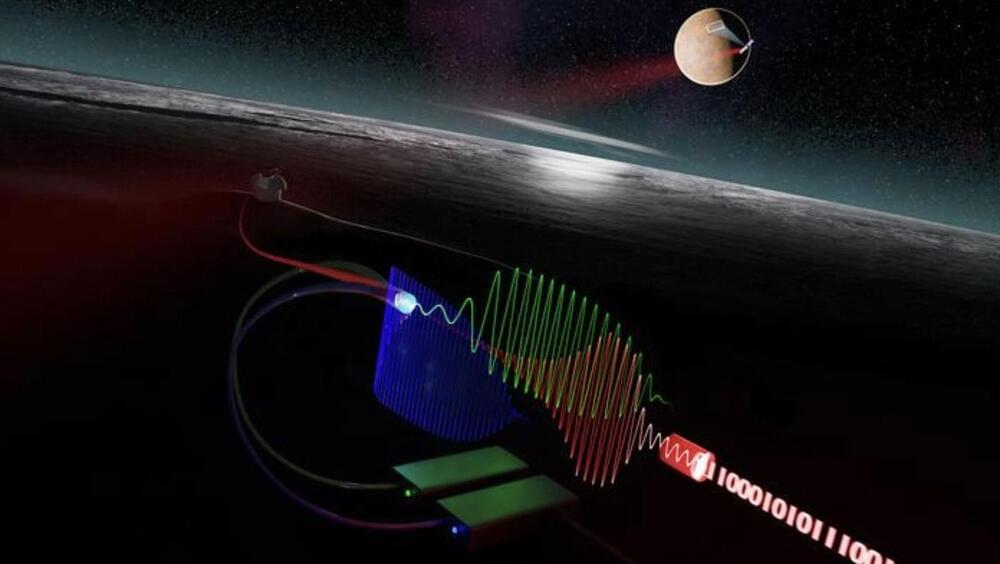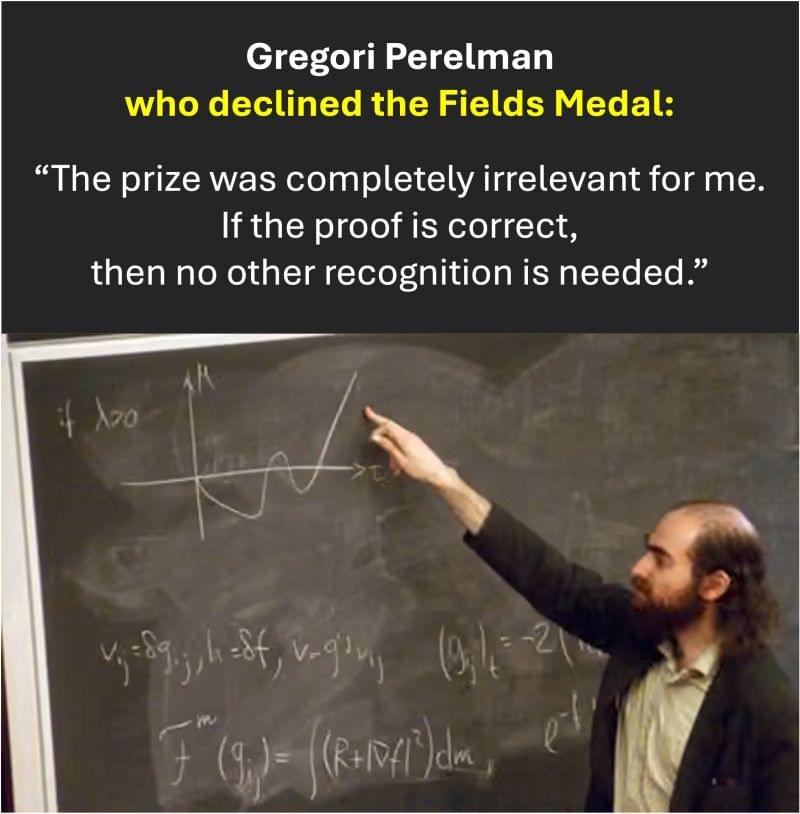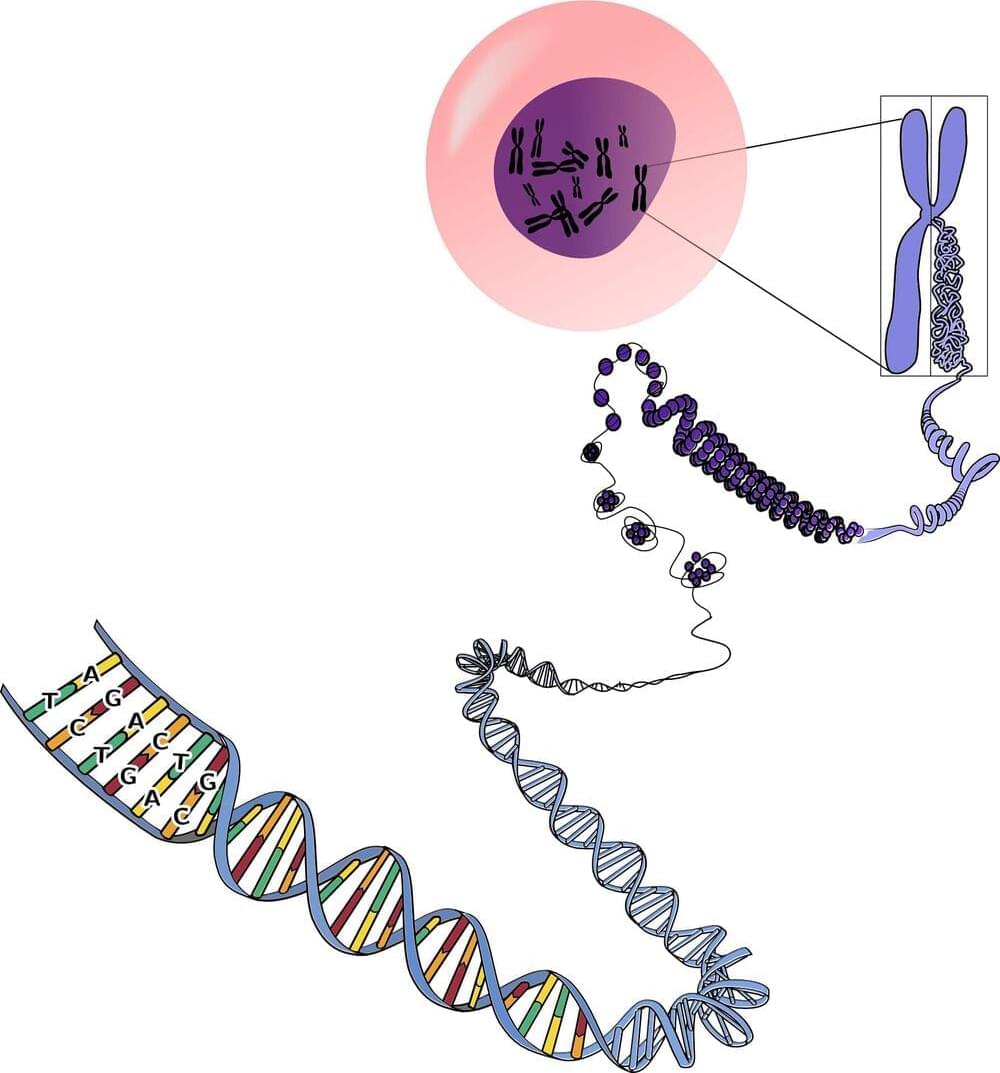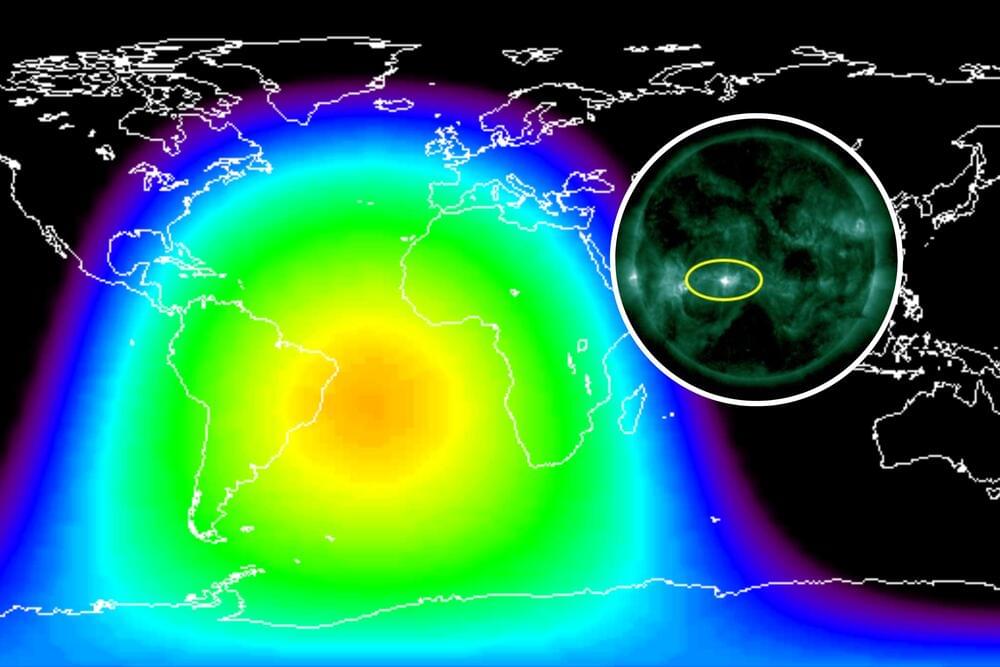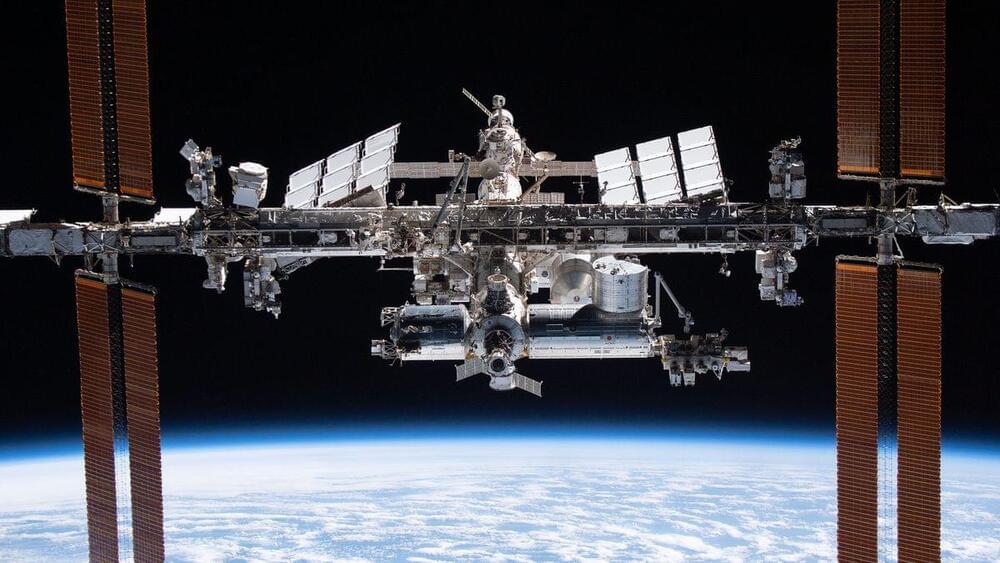The composition of the products varies depending on the starting materials. Pure methane reacts—with very low yield—to give ethane, propane and hydrogen. The addition of oxygen increases the conversion, resulting mainly in CO2 as well as CO, ethylene, and water.
In the presence of water, aqueous methane reacts to give acetone and tertiary butyl alcohol; in the gas phase, it gives ethane and propane. When both water and oxygen are added, the reactions are strongly accelerated. In the aqueous phase, formaldehyde, acetic acid, and acetone are formed. If ammonia is also added, acetic acid forms glycine, an amino acid also found in space.
“Under gamma radiation, glycine can be made from methane, oxygen, water, and ammonia, molecules that are found in large amounts in space,” says Huang. The team developed a reaction scheme that explains the routes by which the individual products are formed. Oxygen (∙O2−) and ∙OH radicals play an important role in this. The rates of these radical reaction mechanisms are not temperature-dependent and could thus also take place in space.

